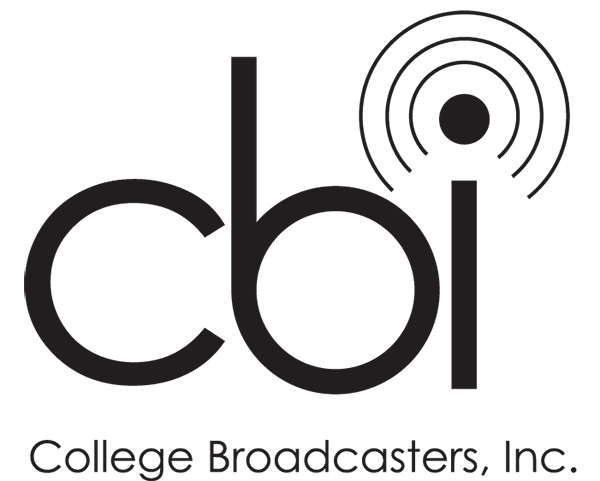May 31, 2018
Board Blog: Are You Accessible?

Your media outlet’s web presence is your window to the world. It’s how potential students and audience members connect with you. But are you accidentally excluding an entire population of individuals from using your website due to issues with web accessibility?

Jamie Lynn Gilbert, CBI Treasurer
Web accessawhatnow?
The W3C Web Accessibility Initiative explains “Web accessibility means that websites, tools, and technologies are designed and developed so that people with disabilities can use them. More specifically, people can perceive, understand, navigate, and interact with the Web [and] contribute to the Web.”
If you are reading this on a desktop computer, you probably used a keyboard and mouse to get to this page. But what if you had limited mobility and couldn’t use a keyboard? Or limited sight so you couldn’t see the words on the screen? How would you navigate your media outlet’s website?
Over the last few years,I have done a lot of work on website accessibility. It can be overwhelming at first, but there are a few easy things you can do to help improve your site’s web accessibility.
Install accessibility checkers
If your website uses WordPress, you’re in luck. There are several existing accessibility plug-ins that help behind-the-scenes with accessibility problems like colorcontrast, images without alt text and keyboard navigation. SpeckyBoy offers a good list of accessibility plug-ins to get you started.
Click here for more
A link that reads “click here” doesn’t give any context as to what you are clicking. For visually impaired people using screen readers and the tab key instead of a mouseit can be even more confusing, as they won’t know which “here” to click. Instead, highlight keywordsto hyperlink so all users can understand where a link is taking them. At minimum, use “click here for a complete list of award winners” to provide context. You also want to avoid using the URL itself. Imagine how hearing “See an example of a screen reader on the New York Times website at https://youtu.be/xpP_Km5L46E” would sound on a screen reader.
Alt text is your friend
Alternative, or alt text, is what a screen reader reads in place of an image. If you post images without any alt text, screen readers skip right over them because they don’t have anything to read. Having non-sensical alt text like “IMG_231(2)” doesn’t help much either. Instead, use alt text how it is intended to be used – to describe an image to someone who can’t see it. The level of detail provided in the description is up to you. “Bruno Mars” might be sufficient, or you can be a bit more thorough and use “Bruno Mars accepts a 2018 Grammy award for Song of the Year” as your alt text. Alt text is basically a caption for your image so even if your audience can’t see itthey can still understand.
Caption music videos
Your web presence often goes beyond your website and into social media. If your media outlet is creating videos of musical performances and uploading them to YouTube, be sure to create captions for them. YouTube has made it incredibly easy to upload captions and auto-sync them to your video. If the lyrics aren’t already online, just ask the band for a copy of the lyrics after their performance.
Get rid of those GIFs!
I know, GIFs are funny, but web accessibility guidelines caution “flashing areas larger than 21,824 square pixels can trigger seizures in people with photosensitive seizure disorders like photosensitive epilepsy.” Go keep them to an absolute minimum.
Learn more
There are lots of other ways to make your websites more accessible, but these are some easy ways to get started. Check with your school to see what resources they have available and visit the links below for more information on web accessibility.





